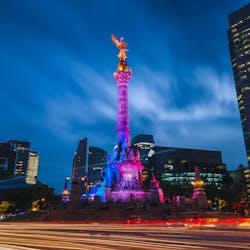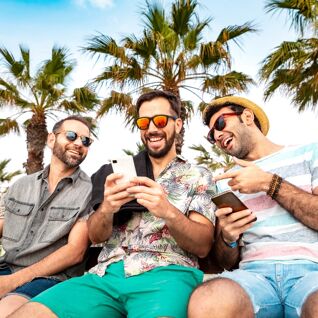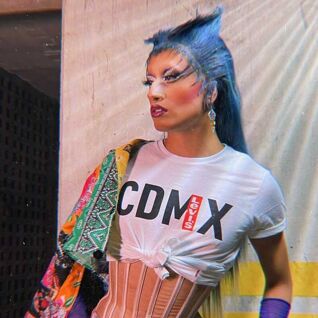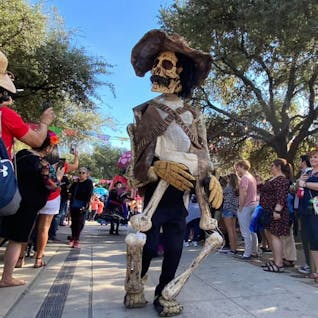Although Mexico is a deeply conservative country reined in by the Catholic Church, the macho attitude is not as present as it once was, leaving lots of room for acceptance. Gay life thrives in major urban centers, and Mexico City, the world's largest city, is no exception.
Diverging from the predominant nationwide stance, the city assembly passed an initiative sanctioning same-sex partnerships the same legal benefits as traditional marriages in 2009, and anti-discrimination laws are enfor...
Although Mexico is a deeply conservative country reined in by the Catholic Church, the macho attitude is not as present as it once was, leaving lots of room for acceptance. Gay life thrives in major urban centers, and Mexico City, the world's largest city, is no exception.
Diverging from the predominant nationwide stance, the city assembly passed an initiative sanctioning same-sex partnerships the same legal benefits as traditional marriages in 2009, and anti-discrimination laws are enforced throughout the capital. The Zona Rosa, named after its pink-colored cobblestones, is the epicenter of the city's gay and lesbian scene with boutique hotels, fine dining, and, of course, the capital's most recognized LGBTQ+ nightlife.
The ambiance circulates around Amberes Street where the legendary BGay BProud Café still serves café con leche to the loyal patrons chit-chatting the afternoon away. In the bars in this neighborhood, you can find anything from pop to reggaeton, and too many drag shows to count. Make sure to pick up copies of "Ser Gay" and "Homópolis" to get information on all special parties and promotions.
Just to the south, you'll find the neighborhoods of Condesa and Roma where by day Colonial mansions have been transformed into trendy cafes that spill into the streets, and by night you'll find CDMX's (Mexico City) underground queer scene scattered throughout gay bars and pop-up queer parties at a variety of venues. Ever thought about dancing to techno in an old women's prison until dawn or on a rooftop that overlooks the city? You'll find it in Mexico City.
To the Northwest El Centro, the neighborhood surrounding the Zocalo is home to CDMX's local and working-class queer scene. This may be the most diverse collection of queer spaces ranging from multi-story clubs to divey gay cantinas that cater to the Gay Ranchero crowd. Outside of nightlife, Mexico City offers some incredible museums and archaeological sites. The Chapultepec Park houses the impressive Anthropological Museum which holds many Mayan and Aztec relics and traces how CDMX was once a floating Aztec city amid Lake Tenochtitlan. The park also houses the Tamayo Contemporary Art Museum, the Chapultepec Castle, and various activities located in the center of town. The city's most exclusive neighborhood, Polanco holds the Jumex and Souymaya modern art museums as well as the city's most luxurious shopping and dining. The southern neighborhood of Coyoacán houses the popular former home of Frida Kahlo (Casa Azul) while only a 1 1/2 drive North of the city you can find the incredible ancient ruins of Teotihuacan.
With the growing gay and lesbian visibility, it's no surprise that the city's annual Gay Pride Parade in late June has become a spectacle with millions of participants garnering support from all the gay-friendly businesses and institutions. A Note on Safety: Mexico City is a large metropolis of more than 21 million people, and you should be as cautious as any other large city. Pickpocketing and petty theft are common especially late at night, in backrooms of bars, and on the subway. Although homosexuality is widely accepted, queer people are still targeted by police for extortion. Avoid walking back from the bars late at night. Car services are cheap and widely used.


![[PHOTOS] The 22 most extraordinary and sexiest outfits from Mexico City Pride](https://i.gaycities.com/v7/_gc-blog-prodweb_/articles/content/uploads/2024/07/cover.png?w=318&h=318&fit=crop&auto=format&auto=compress&crop=faces)








